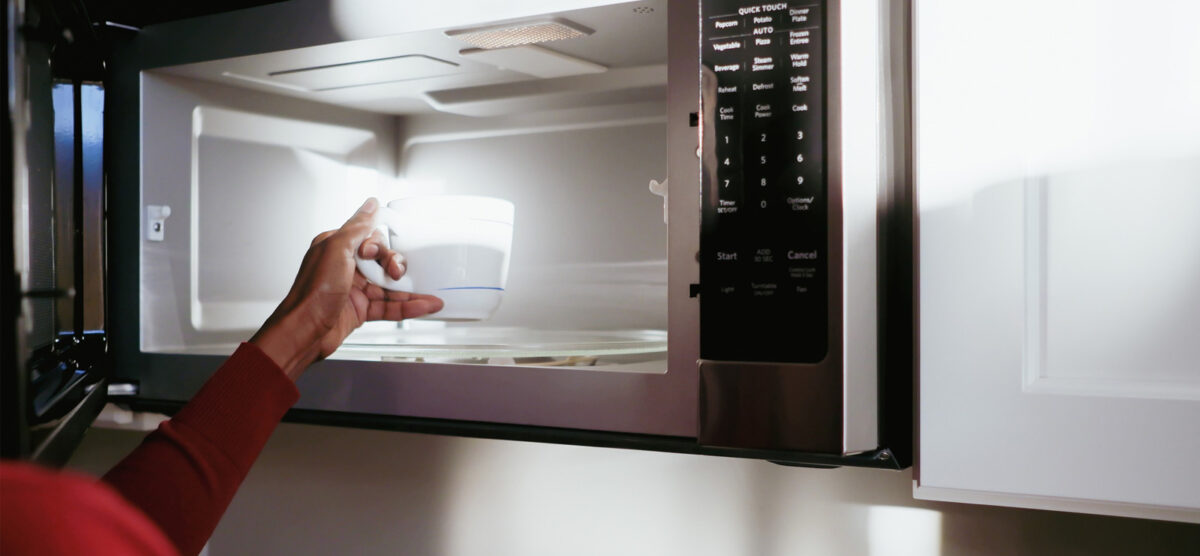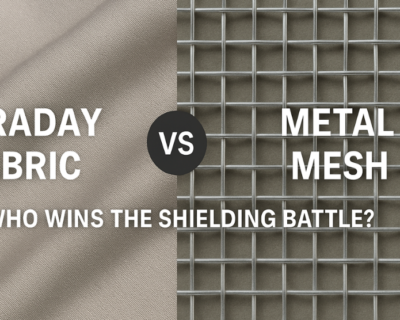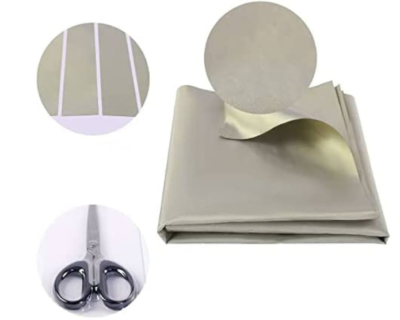Blogs

Why Microwave Oven Doors Don’t Leak Radiation
Have you ever wondered how your microwave oven lets you see your meal cooking — yet keeps dangerous microwave radiation locked inside?
It’s all thanks to a design trick based on electromagnetic physics: the mesh-covered door that acts like a mini-Faraday cage.
Faraday Cage on Your Oven Door
Microwave ovens emit 2.45 GHz radio waves with a wavelength of roughly 12 cm. The oven door features a metal mesh with tiny holes (around 1–2 mm across) that light can pass through — but microwaves cannot. That’s because electromagnetic waves don’t fit through holes smaller than their wavelength, so they’re reflected instead of escaping (The Straight Dope).
The metal mesh and cavity walls together form a shielding system that blocks microwaves from leaking out, while still allowing enough visible light to let you peek inside.
How the Seal Stays Effective
Beyond the mesh, oven doors use choke flanges—slots engineered to reflect the specific microwave frequency—ensuring that any gaps around the door don’t let waves escape (Wikipedia, Physics Stack Exchange). Plus, safety interlocks cut off power the instant the door opens, stopping microwaves instantaneously (US EPA).
Safety Standards & Real‑World Performance
According to FDA regulations, an oven can legally leak no more than 5 mW/cm² at a distance of 5 cm from its surface. In reality, most ovens emit less than 0.2 mW/cm²—far below harmful levels (The Straight Dope). However, worn seals, door damage, or misalignment can increase leakage over time. If you’re concerned, some hardware stores offer microwave leakage sensors, or you can replace the seal to restore proper shielding (Physics Stack Exchange).
Quick Summary Table
| Feature | Function |
| Metal cavity & mesh | Block microwaves but let light pass |
| Hole size vs wavelength | Mesh holes (~1 mm) are much smaller than 12 cm microwaves |
| Choke flange | Reflects microwaves and seals the door edges |
| Safety interlocks | Switch off microwaves instantly when the door opens |
| Regulatory margin | Most ovens leak well below legal limits (< 5 mW/cm²) |
Why It Matters
Even though microwave radiation is non‑ionizing (meaning it doesn’t alter DNA or cells like X-rays), localized heating can still cause burns if exposure is strong enough (The Straight Dope, Physics Stack Exchange, wtamu.edu, boards.straightdope.com). Microwave ovens are engineered so that—even with everyday wear—they remain safe and energy-efficient when used as directed.
Suggested Blog Headlines
- How Does My Microwave Door Keep Radiation Inside?
- Why Your Microwave’s Mesh Door Isn’t a Radiation Risk
- The Physics Behind Microwave Oven Safety
- Why You Can Watch Dinner Cook—Without Getting Cooked
Ready to Buy?
Get in touch with our sales team for custom sizes, bulk pricing, or technical assistance:
#MicrowaveSafety #FaradayCage #ScienceExplained #RadiationShielding #HomeCookingTech #FDAStandards #MeshScreen #Electromagnetics #KitchenScience #StaySafeCookSmart




